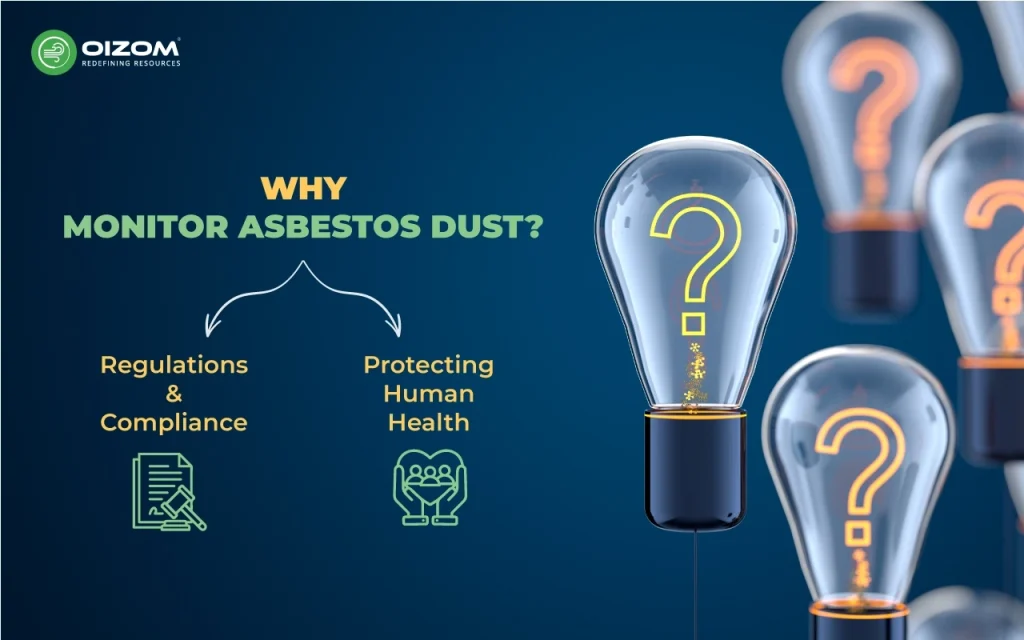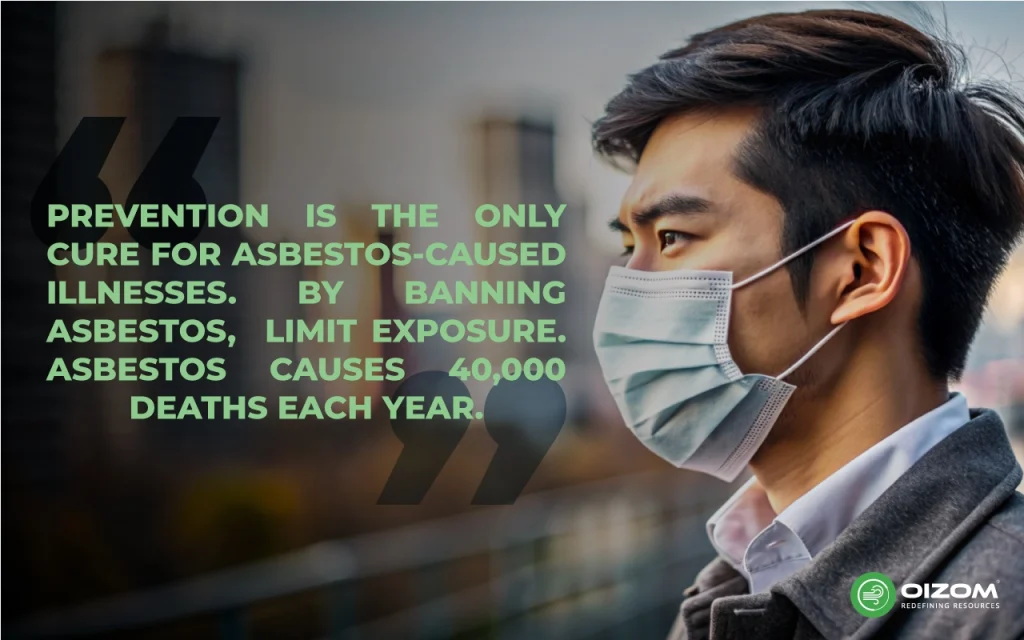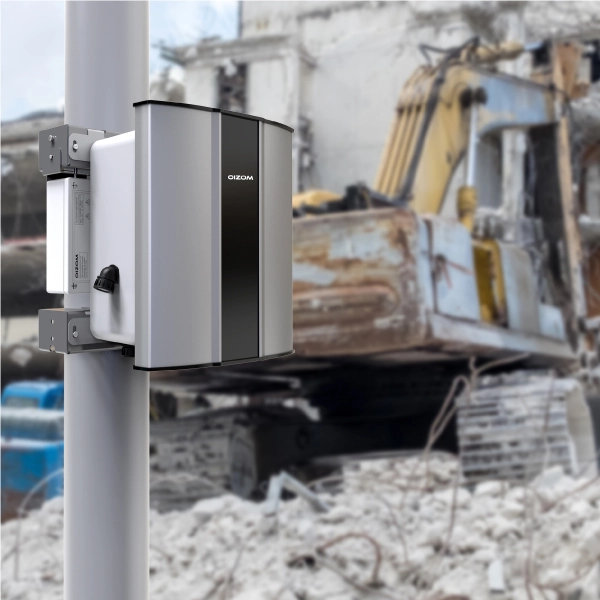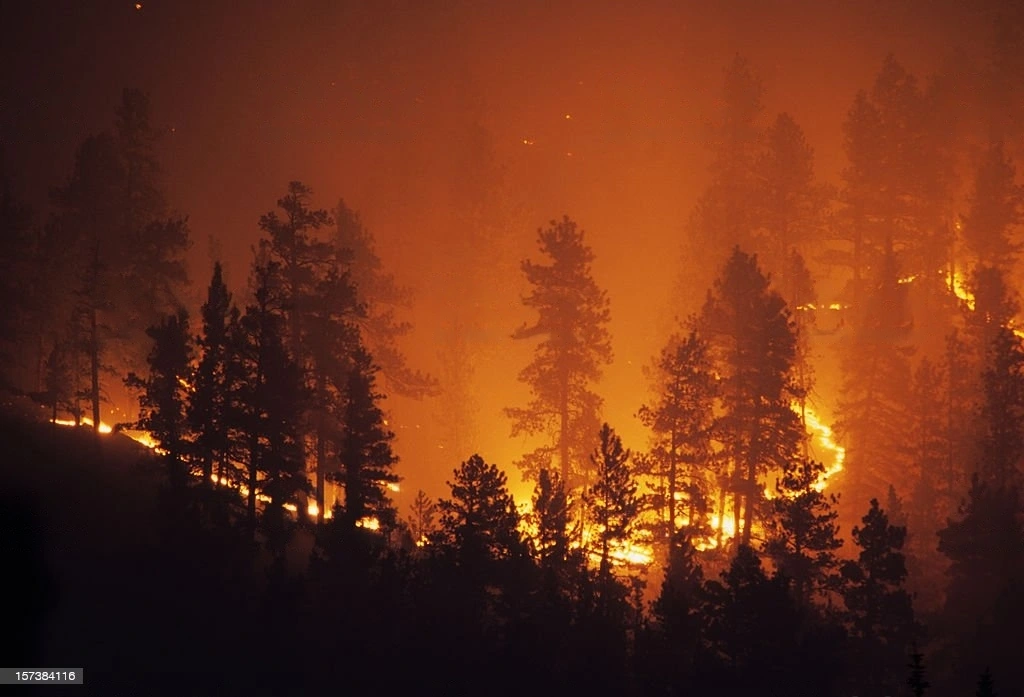Dust is a major element in pollution, which we observe is mainly generated at construction sites. Asbestos is one of the hazardous dusts released into the air through construction activities, and it is crucial to monitor it to protect yourself. Monitoring for hazardous asbestos fibers is not a new technique, but the capacity to check for this major workplace hazard in real-time is. Now seemed an opportune time to discuss the topic of monitoring asbestos dust. This guide will explain why monitoring asbestos dust and the various monitoring methods are important.
Why Monitor Asbestos Dust?

Dust, a ubiquitous byproduct of our daily activities, should not be taken lightly. Many occupations involve working in dusty environments, and while dust may not pose an immediate threat, its long-term effects can be fatal. Asbestos dust is an extremely dangerous substance, and understanding what asbestos dust looks like is crucial for safety. Breathing in the fibers can result in significant health problems, including death. Here’s why monitoring asbestos dust is important:

Regulations and Compliance
Asbestos legislation contains regulations and guidelines for using, handling, and removing asbestos to protect public health. Local, state, and federal regulations all seek to decrease the risks of asbestos exposure while protecting workers, customers, and the environment.
The Safety, Health, and Welfare at Work (Asbestos) Regulations 2006-2010 apply to all work activities that expose persons to risks from inhaling dust from asbestos or asbestos-containing materials. The regulations apply to all workplaces (including domestic construction work) where there is a risk of asbestos exposure during work activities.

Protecting Human Health
The most serious occupational disease risk for construction workers is asbestos. Asbestos can cause two types of cancer.
Mesothelioma is a lining-related lung cancer. It almost always results in death and is caused by asbestos exposure.
Asbestos lung cancer is caused by asbestos develops inside the lungs, and it is a fatal disease.

Several steps are helpful for protecting human health:
- You can take various steps, beginning with constantly considering the possibility that the building you are working on may contain asbestos.
- Employers must do a risk assessment before undertaking any maintenance, remodeling, demolition, or other construction activity to detect the presence of asbestos.
- Non-residential property owners or managers have an obligation to handle asbestos. This includes locating and documenting any asbestos sites and states. Anyone working must have access to this information to manage the exposure hazards to themselves, their staff, and others.
- Real-time monitoring with robust dustroid, which provides accurate data, can effectively plan various mitigation strategies for reducing dust at various locations.
Methods for Monitoring Asbestos Dust
The National Occupational Health and Safety Commission recommends that asbestos air monitoring be performed whenever ACMs are removed to ensure that control measures are effective when working on or removing asbestos-containing materials. Two main methods for monitoring asbestos dust are airborne asbestos monitoring and bulk asbestos content testing.
Airborne Asbestos Monitoring
- The National Occupational Health and Safety Commission’s guideline note on the membrane filter method for estimating airborne asbestos fibers covers the process for asbestos air monitoring.
- The asbestos testing method involves sampling a predetermined quantity of air via a filter, with fibers impacting the filter. An asbestos analysis of the filter can identify the number of fibers identified, allowing the concentration of asbestos fibers per milliliter to be monitored.
- The air monitoring data are then compared to asbestos exposure standards. It is often assumed that all fibers collected on the filter due to the monitoring process contain asbestos.
Bulk Asbestos Content Testing
It involves inspecting the air for respirable fibers before beginning activities that may disrupt known asbestos materials. This might be used to see whether there are any other fibers in the air. A skilled inspector normally collects bulk asbestos content samples, which are then sent to a laboratory for analysis. The laboratory will employ various procedures to identify and quantify the sample’s asbestos content.
Asbestos Monitoring Regulations and Agencies
The two primary federal agencies responsible for asbestos monitoring and regulations in the United States are EPA and OSHA.
The Environmental Protection Agency (EPA) protects human health and the environment from asbestos exposure. The EPA sets standards for asbestos in air and water and regulates the use, removal, and disposal of asbestos-containing materials. This law helped to provide transparency and identify the companies making certain types of asbestos-containing products by requiring manufacturers to report production to the EPA.
Asbestos National Emission Standards for Hazardous Air Pollutants (NESHAP)
- The asbestos NESHAP regulations specify work practices for asbestos to be followed during demolitions and renovations of all structures, installations, and buildings (excluding residential buildings with four or fewer dwelling units).
- The regulations require the building owner or operator to notify the appropriate state agency before any demolition or renovation of buildings that could contain a certain threshold amount of asbestos or asbestos-containing material.
- In addition, particular manufacturing and fabricating operations either cannot emit visible emissions into the outside air or must follow air cleaning procedures and certain requirements when removing asbestos-containing waste.
EPA also defines the law for air emissions
- This law defines the EPA’s responsibilities for protecting and improving the nation’s air quality and the stratospheric ozone layer. It includes provisions for the EPA to set national emission standards for hazardous air pollutants, including asbestos.
OSHA also defines the law
- The Occupational Safety and Health Administration (OSHA) protects workers from asbestos exposure. OSHA sets standards for workplace air quality and requires employers to train workers who may be exposed to asbestos. (29 CFR 1910.1001)
Regulatory Framework
The regulatory framework for asbestos dust is a multi-layered system that includes federal, state, and municipal organizations. Here is an overview of the main actors and aspects:
Federal Regulations
- In the United States, asbestos is regulated primarily by the Environmental Protection Agency (EPA) under the Toxic Substances Control Act (TSCA). The TSCA restricts the use of asbestos by banning the manufacture, importation, processing, and distribution of certain asbestos-containing products.
- Additionally, the Occupational Safety and Health Administration (OSHA), an agency within the EPA, establishes standards for managing asbestos exposure in the workplace, ensuring the safety of employees who may come into contact with asbestos.
State and Local Regulations
Beyond federal regulations, individual states and local municipalities often impose their own asbestos rules, which can be more stringent than national standards. These may include:
- Permit Requirements: Many local jurisdictions require permits for asbestos removal projects, ensuring that contractors are qualified and the work is monitored.
- Notification Procedures: Some regions require advance notification of asbestos removal projects to relevant authorities.
- Worker Training and Safety: Regulations often mandate specific training and safety measures for workers handling asbestos.
- Waste Disposal Protocols: Proper disposal of asbestos waste is regulated to prevent environmental contamination.
Compliance and Enforcement
Noncompliance with asbestos regulations can result in serious penalties, such as fines, criminal charges, and civil litigation. These fines are in place to discourage harmful practices and protect the public.
Recommended Practices
Beyond the legal requirements imposed by legislation, recommended methods, also known as “work practices” or “best practices,” can help assure safety and effectiveness when dealing with asbestos dust.
- Workers should not eat, drink, chew, or smoke in any work environment that contains asbestos.
- Drop sheets and barriers used in the workplace should be wet-wiped or vacuumed using a HEPA-filtered vacuum.
- Clean the work area frequently and at regular intervals during the work and immediately upon completion.
- Dust and garbage should be cleaned and removed with a HEPA-filtered vacuum, damp mopping, or wet sweeping, then placed in a container.
- Wet Methods: Whenever practical, utilize water suppression techniques to reduce dust formation during asbestos removal. This could include absorbing things before demolition or employing misters during cutting operations.
- Proper disposal protocols for asbestos-containing materials.
- Isolation techniques for the affected area.
Conclusion
Lastly, Asbestos has left a long-lasting effect on the environment and public health. Its extensive use and the durability of its fibers have resulted in a multidimensional impact beyond individual health concerns. Addressing these broader concerns necessitates a comprehensive approach that includes strict laws, proper handling and disposal, and ongoing efforts to prevent asbestos-related environmental and public health harm. Finally, real-time dust alert technology will really be a game-changer.






